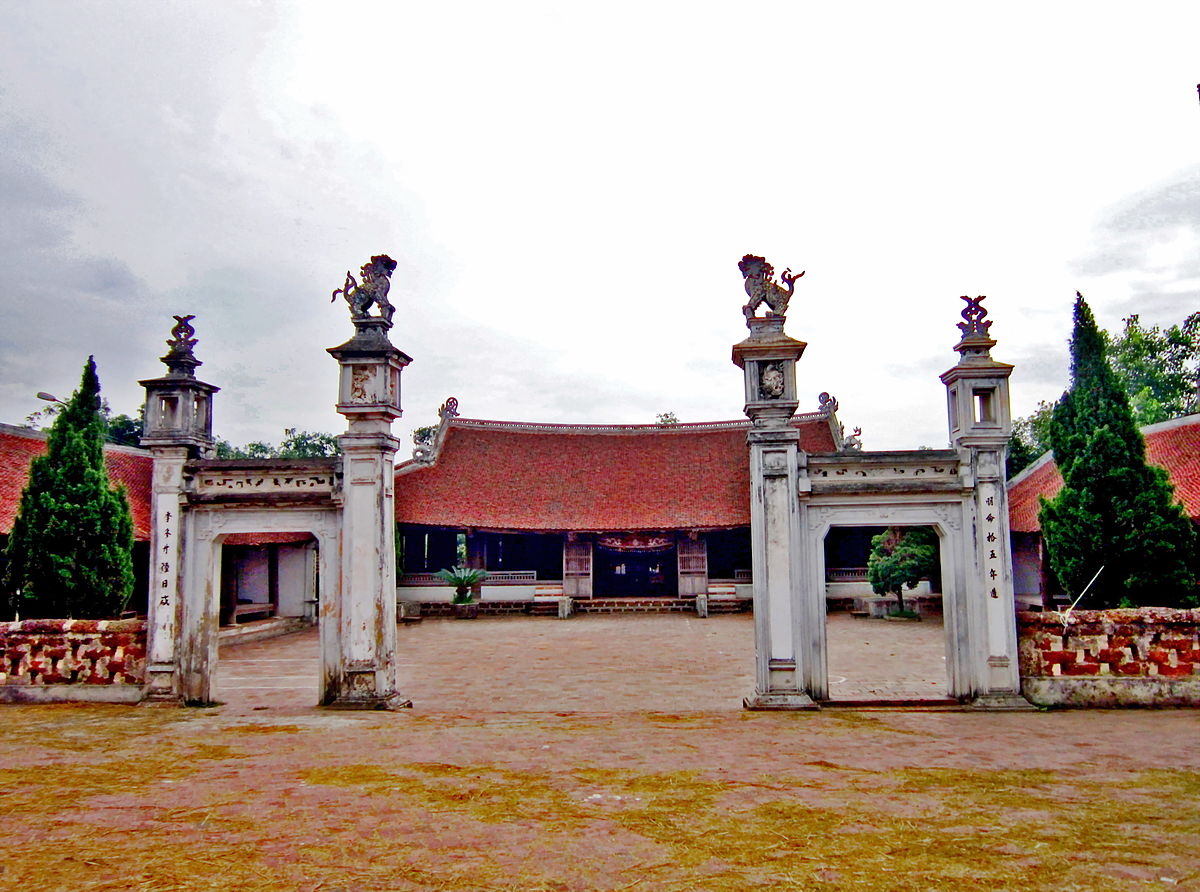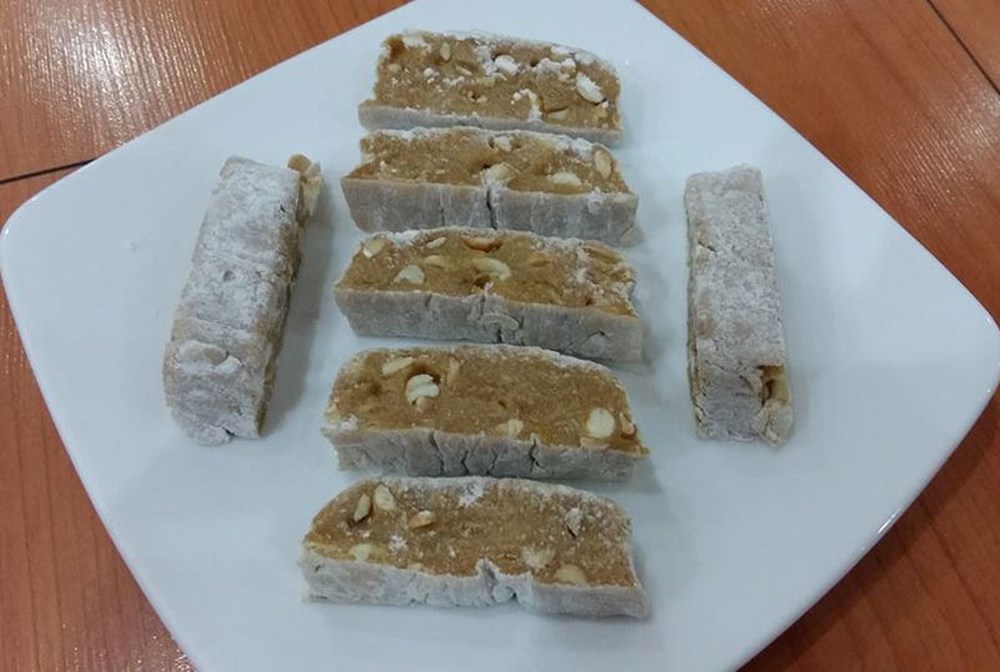By Lawrence Haywood, Mar 1, 2025
The bustling construction activity in Hanoi symbolizes the city's rapid transformation into an Asian megacity. Opinions on this change vary widely among residents, with some embracing the growth while others express concerns about its speed. As Hanoi evolves and traditional establishments make way for modern alternatives, it presents a dynamic view of societal progress. However, Duong Lam Ancient Village hits differently!

Overview of Duong Lam Ancient Village
Duong Lam Ancient Village, by comparison, is leading a resistance. The small collection of 9 hamlets about 50km northeast of Hanoi is a bastion of the Old World way of life. Red laterite bricks are a ubiquitous sight here, as are the tiled roofs and smiling farmers riding buffalo along the rice paddies. It is an idyllic scene and a very rare one too; certainly an experience not to be missed if visiting Hanoi.
You’ll find Duong Lam just as the Red River begins to bend northwards, from central Hanoi to Duong Lam Ancient Village 50 kilometres away. It is just a 10-minute drive from the old citadel of Son Tay and some day tours from Hanoi often make a stop here. Son Tay was an important military outpost in the past because of the advantageous position that the Red River offered, providing an effective defence against enemies from the north.
Location-wise, Duong Lam is in its own advantageous position, sitting just 1.5 hours from the capital. This makes it part of an easy day trip from Hanoi and it means that Duong Lam gets to revel in some of the tourist money that Hanoi’s other satellite villages like Bat Trang, Tho Ha and Van Phuc enjoy. As an added bonus, day-trippers ensure that Duong Lam retains its Old World charm, as this is the sole reason that people visit the village.

A small stop in Duong Lam Village
Trips to Duong Lam Ancient Village are relatively common for people with an extended itinerary, while those on a tight schedule tend to skip it for the more promoted draws of Sapa and Halong Bay. Independent travellers can rent a bike from Hanoi to explore the whole Son Tay area, including Duong Lam and Ba Vi National Park, passing the attractive Tay Phuong and Thay Pagoda as well as Thach Xa bamboo dragonfly village on the way. Buses from My Dinh bus station in Hanoi head to Son Tay City (Number 70A or 71) and you can get a cheap taxi to Duong Lam from here.
To locals, the crowning achievement of Duong Lam Village to this day is not its dogged retention of ancient culture amid modern times, but its production of two successful kings, Phu Hung (761-802 AD) and Ngo Quyen (896-944 AD). After resisting Chinese invaders by leading battles for Vietnam’s independence, the two kings died honourable deaths and have been immortalised in their hometown ever since by having two temples built in their names.

The Mausoleum of King Ngo Quyen
Though the various ravages of time and war have stripped Duong Lam of most of its original housing, there are a few 300-year-old houses that contain their initial courtyards, gardens, lobbies kitchens etc., with the rest of the town comprised of houses of at least 100 years of age. There is nowhere around Hanoi where houses of this era exist, which explains the interest that Duong Lam Ancient Village receives from enraptured foreign tourists and nostalgic domestic ones.
Very few aspects of its humble, 1,200-year existence have changed. Rice fields lining the road to the village remain a valuable source of income for farmers, while the lotus flowers in its ponds have been blooming and perishing in a constant cycle since they came into existence. Motorbikes have replaced bicycles and water tanks and air conditioning gives residents of Duong Lam an ancient Vietnamese village a touch of the luxurious, but day-to-day farming, carpentry and forgery jobs are still done in the laborious, ancient way.
The 9 hamlets that comprise the umbrella term of Duong Lam each have a tradition at their core and there are plenty of places to see this. Most buildings are built of red bricks of laterite; hard to find in modern-day Vietnam but an iconic symbol of Duong Lam and its proud heritage. This can be seen best in the hamlet of Mong Phu, the communal house of which is a wonderful showpiece of laterite architecture. Locals here are proud of their houses and will often invite visitors in for a closer look at the well-preserved history.

The Hamlet of Mong Phu
A walk around the drooping banyan trees, lakes, rice paddies and wells of Duong Lam Ancient Village is a serene experience and not one that is too far removed from that of King Ngo Quyen, who would have walked the same streets about 1,100 years ago. Shrines devoted to King Ngo Quyen and his predecessor, King Phu Hung are commonplace, as well as large temples and communal houses dedicated to the various gods of Vietnamese folklore.
Huge clay pots are sometimes seen lined up in rows outside of houses. The soybeans that are fermenting inside will go on to create soy sauce, the popular Asian condiment and source of income for many families over many generations of their members. You can try the other various specialities of the village throughout the day: roasted pork (Lon Quay), peanut brittle cakes (Keo Cu Do) or sticky rice pudding with ginger and peanuts (Che Lam).

Che Lam in Duong Lam Ancient Village
Duong Lam Ancient Village is a great place for tourists who want to experience the traditional Hanoi. Contact Incredible Asia Journeys now to plan your trip to Hanoi and other Vietnam attractions such as Sapa, Ninh Binh, Da Nang, Ho Chi Minh City,...